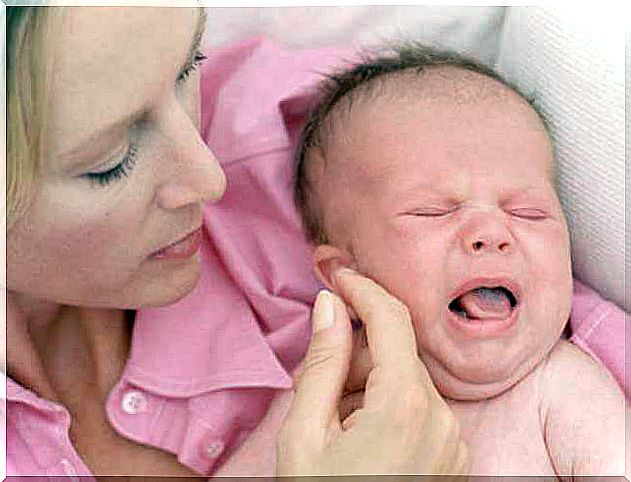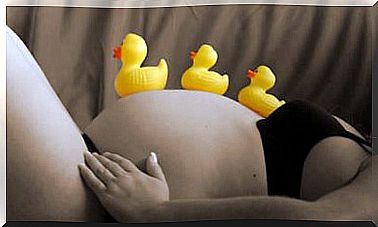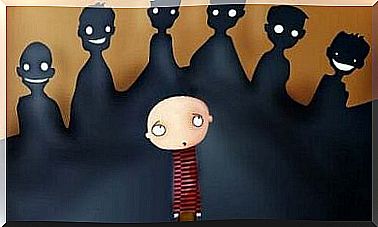The Breastfeeding Crisis: What Is It?

The breastfeeding crisis is a phenomenon that occurs when the baby refuses to be given milk. During breastfeeding, milk production is self-regulating based on the baby’s demand. That is to say, you will produce more if the baby wants to eat often, you will produce less if there is less demand. However, sometimes this is not the case.
For various reasons, the baby may be dissatisfied while breastfeeding. This type of behavior is unpredictable and generates a lot of concern in mothers. Unfortunately, following this, it is legitimate to think of completely changing the baby’s diet.
It is common for many mothers to think about interrupting or even ending breastfeeding. For example, when the baby is disinterested in the mother’s breast, one can think of feeding it through powdered milk. It often happens that the breastfeeding crisis occurs precisely because the baby is not interested in milk. The experts give us further clarification.
Breastfeeding crisis is an identified behavior

Experts identify this behavior as a growth crisis. These crises have been found to occur at precise ages. The main reason these behaviors occur is that the baby is not satisfied with the milk supply. It is the expression of a child’s basic instinct.
Breastfeeding crisis occurs at similar ages. It can appear in the first days of life, which is why there are some babies who are not breastfed.
In most cases this occurs:
Between 17 and 20 days of life
The baby who presents the crisis during this stage completely abandons his regularity. Although he behaves normally in the early days, after the first 3 weeks his attitude changes. It can not only stop feeding, but also multiply the usual dose.
It is possible that he will start eating non-stop for half an hour. This will lead to continuous regurgitation and the consequent desire to eat more.
It will behave like this for 2 or 3 days. It will then return to its normal routine.
Baby from 7 to 8 weeks of age

By this age, the second stage of the breastfeeding crisis may occur. A one and a half month old baby requires a further adjustment in the amount of milk to be ingested. Then her crisis will be accompanied by intense crying, arching of the back, tension in the legs and in the chest.
This time the crisis could be more drastic because it is possible that the little one no longer likes the taste of milk. In fact, during this period its composition changes, becoming more salty. Perhaps it is precisely the reason why the little one rejects it, does not appreciate it. Many mothers decide to stop breastfeeding after this event.
The 3-month crisis
This is the most difficult stage of the breastfeeding crisis. When it occurs within 3 months it can mean a change for both the little one and the mom. Especially since it can take a month to show up. The difficult process is structured as follows:
- It is common for the little one to begin to refuse the breast, does not want to eat as before or simply does not eat. During this period, if the mother is not attentive to the baby’s signals, she can simply confuse this behavior with a lack of appetite.
- It takes the chest for much less time than usual.
- The mother’s breast becomes soft, which is why you will think you are not producing enough milk.
- Whenever he wants to eat it is chaos, with crying, distractions and restlessness.
The transformations that occur in the brain during the baby’s growth are the main culprits of the breastfeeding crisis. For this reason, when it occurs at 3 months it is more complete and often involves the replacement of the mother’s breast with a bottle.








